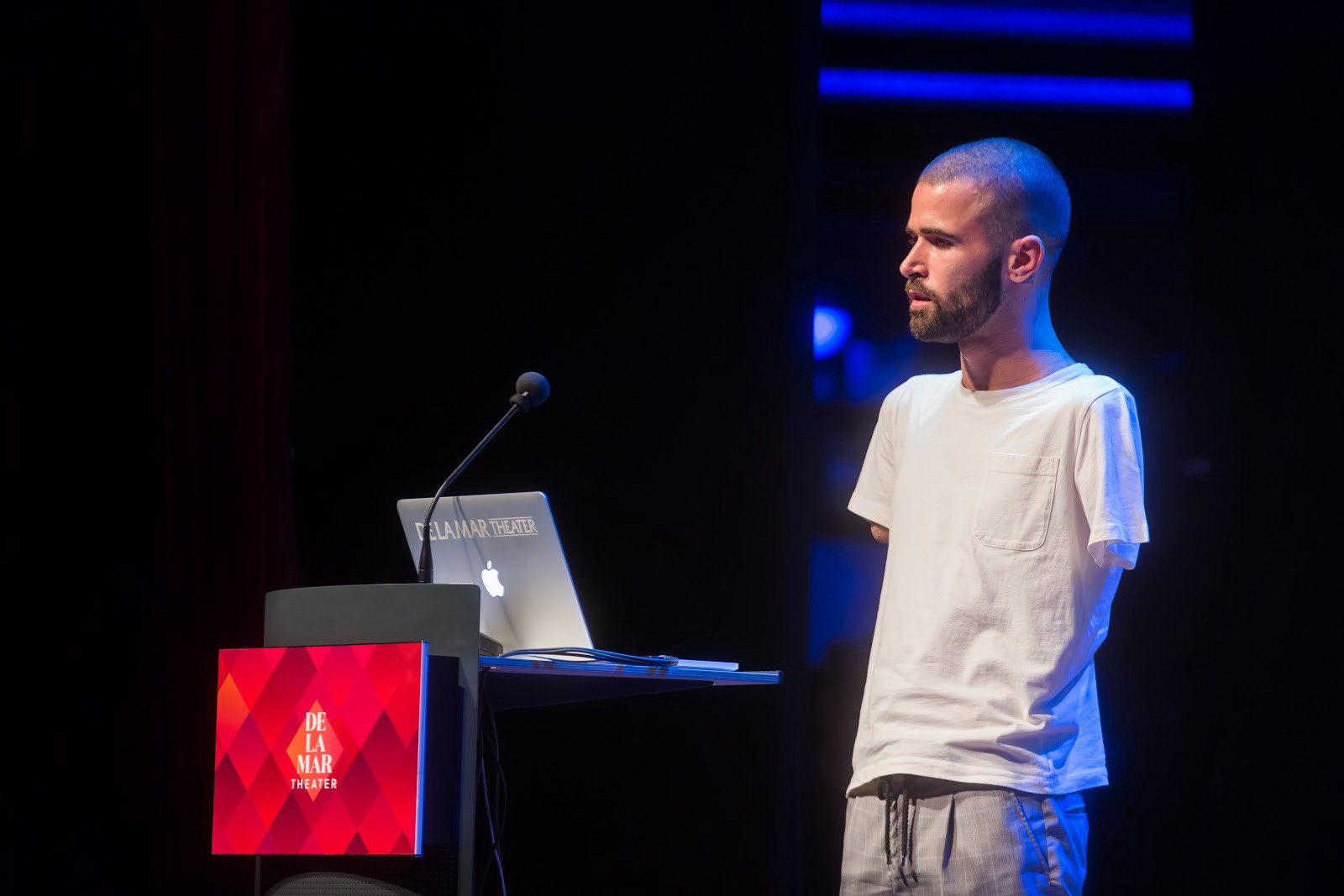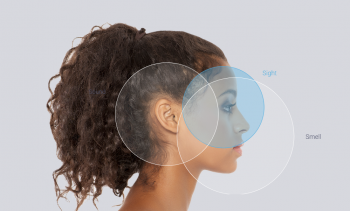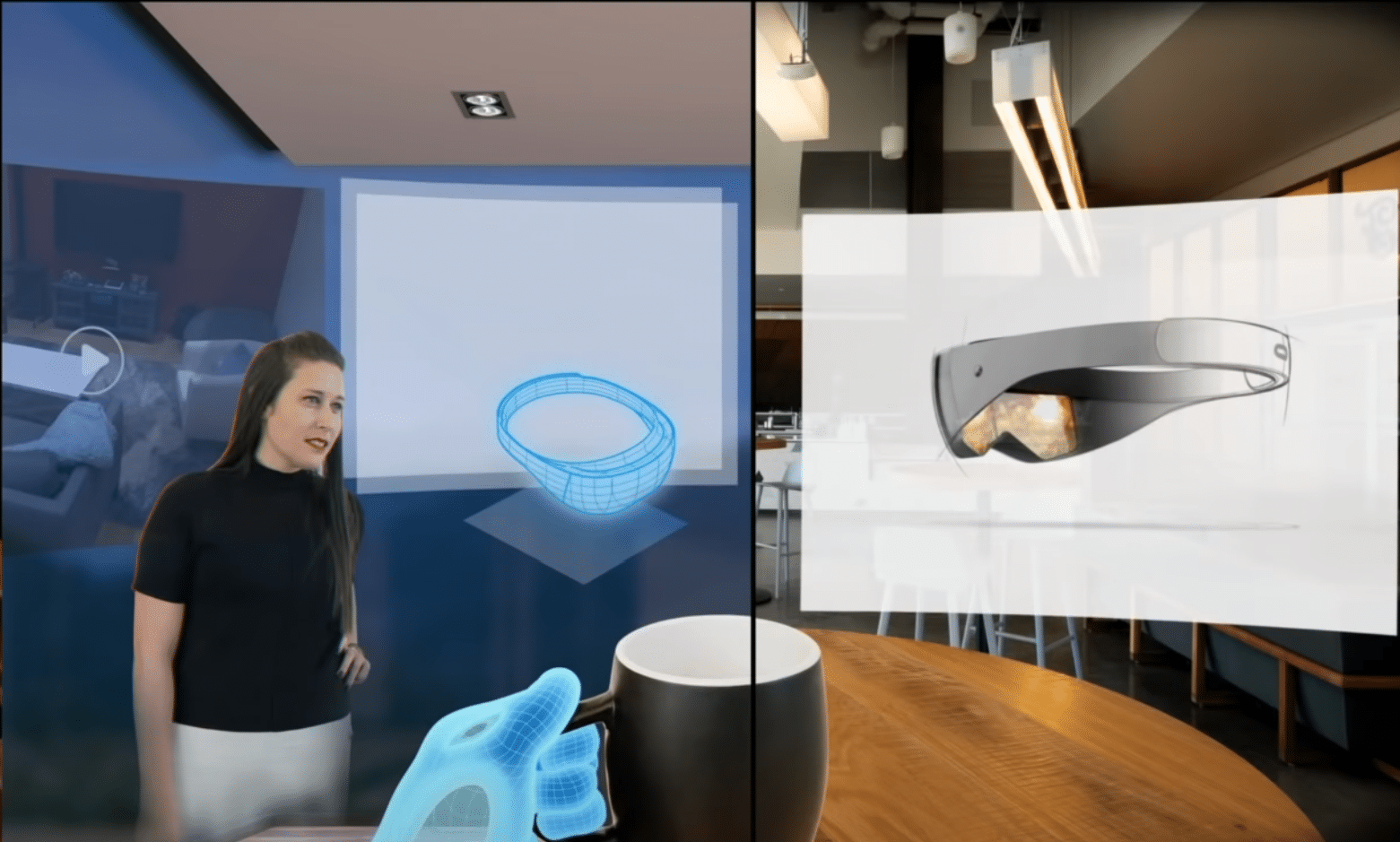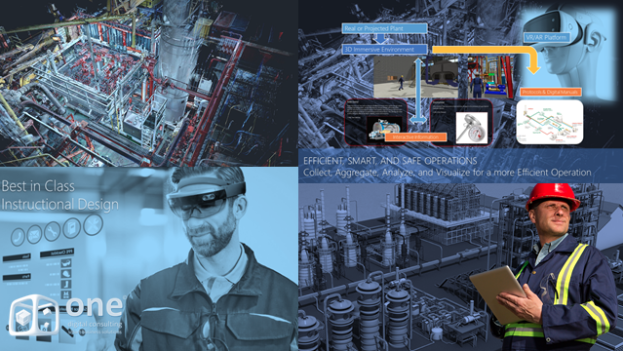What if we could transform the healing process, rethink the way we reduce pain and suffering, and what if we could improve the lives of those struggling with pain and suffering?
In 2013, Louis Derungs began his journey as a patient after receiving an electrical shock of 15,000 volts. Six weeks later, he woke up from a coma in an intensive care unit, with both arms amputated from just below the shoulders, and burns covering over 50% of his body. Derungs had every type of pain from phantom limb pain- feeling as if his hands were burning and as if his fingers were going through the palm of his hand- to neuroplastic pain, feeling as if his legs were burning from the inside.
Doctors prescribed numerous opiods to relieve pain, but without effect. One day, after an offer to try hypnosis, Derungs skeptically agreed. During hypnosis, there was a ten minute period where Derungs felt no pain, and then drifted off to sleep. Waking up, he realised that the pain originated from his mind, and the memories of pain in his neural network. After a few months of training with hypnosis, he was no longer suffering from pain.
“Pain is a very complex phenomenon involving several highly interdependent and interactive systems. This unpleasant experience emerges from the encounter between subjectivity and objectivity, between psychology and physiology, between mind and body. Therefore, in order to be the most efficient as possible, the therapies offered to manage such experiences, whether transient or persistent, should also join these two different yet entangled worlds,” said Louis Derungs.
After studying neuroscience, AI and programming, Derungs began to think of ways to apply his learnings to therapy with new methods. While managing his own pain, he thought, how could he transmit his experience to others, how could he help those who were around him? This is when he started to use virtual reality and became a pain neuroscience expert for one of the largest companies that uses VR for pain and suffering reduction.
Research On Pain and Suffering Reduction With VR
In December 2018, Mel Slater, and speaker at VR Days Europe 2019, was one of the contributing authors to the study “Decreasing Pain Ratings in Chronic Arm Pain Through Changing a Virtual Body: Different Strategies for Different Pain Types,” in the Journal of Pain.
It was found that subjects in VR would embody their avatars, and that by changing the visual appearance of a virtual arm to be healthy and capable, the subject would characterize this healthy arm as their own, therefore modifying their pain threshold. The study investigated whether varying properties of a virtual arm co-located with the real arm could modulate pain rating in patients with severe arm/ hand pain in cases with or without nerve damage.
Pain ratings were evaluated across various conditions, and assessed with the virtual experience. It was found that patients with chronic pain could achieve levels of ownership and agency over a virtual arm similar to healthy participants. Across all seven conditions assessed, pain ratings were halved.
This is only one of many experiments that have demonstrated that embodiment in VR can decrease pain and suffering in patients with chronic pain. The type of pain experienced also correlated with varying appropriate strategies to decreasing pain with virtual reality.
These interactions between body image and pain perception with VR has the potential to help patients who have chronic pain, and clinicians who seek alternative pain management for patients. Similar to Louis Derungs, also speaking at VR Days Europe, this study shows applications of VR with real effects on our mental and physical well-being.
The Next Generation Of Virtual Health At VR Days Europe
VR gives a direct access to the brain, it’s a way to trick the brain with extensive research into guiding the experience of memory, attention, and environment that all need to be tailored to the intended users.
“There is some level of the brain that doesn’t distinguish between reality and virtual reality. A typical example is, you see a precipice and you jump back and your heart starts racing. You react very fast because it’s the safe thing for the brain to do,” said Mel Slater in an article in the Guardian.
As discussed in our last post on Simulation and Training, motion tracking, facial-tracking and eye-tracking technologies are giving us real insights into human behavior and mental states. In the Pain and Suffering Reduction Summit at VR Days, we will feature presentations from leading VR experts, panel discussions and roundtables. This session is designed to bring together scholars and practitioners to explore and chart a path to better promote research and practice using VR to address the universal challenge of Pain and Suffering. As millions of people have access to VR, we pursue the goal of steering the industry to embrace using VR technology in this area of clinical care.
Featured speakers in the Pain and Suffering Reduction Summit include consultant Plastic, Reconstructive and Cosmetic surgeon Charles Nduka, pain neuroscience expert at MindMaze Louis Derungs, researcher at the Universitat de Barcelona Mel Slater, Dr. JoAnn Difede who is recognized for her pioneering work using virtual reality (VR) technology in the treatment of PTSD consequent to the WTC attacks and combat-related PTSD, and Albert ‘Skip’ Rizzo as Research Director at USC Institute for Creative Technologies for Medical Virtual Reality.
Also during this session hear from Bob Fine, Elena Lagostera, Daniel Prefasi, Nicolas Medrano, Louis Zantema, Alexander Padhaiski, Robert Majen, Dana Maria Faneker, Marlies Schijven, Heleen Boers, Alessio Meroni, and Tara Donkers.
Quelle:
https://medium.com/@VRDEurope/pain-suffering-reduction-fff3e22bb56f




